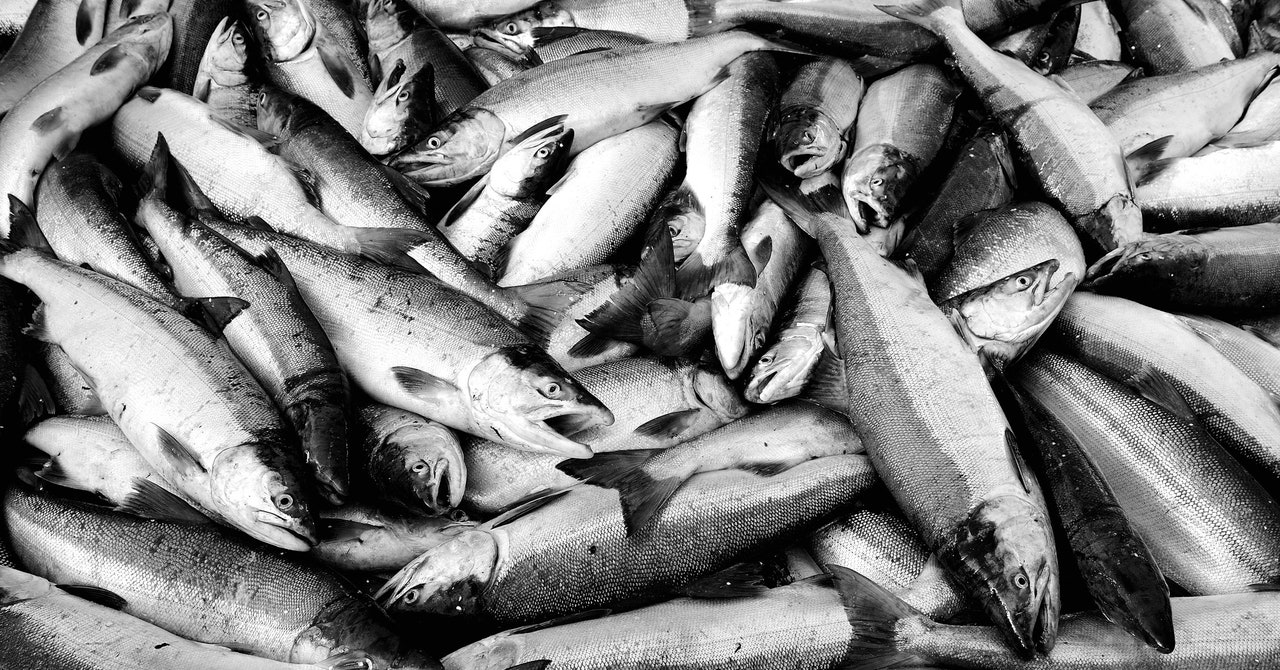This story originally appeared in High Country News and is part of the Climate Desk collaboration.
Last summer, across southwest Alaska’s Bristol Bay region—home to the largest sockeye salmon fishery in the world—tens of thousands of fish washed up dead along riverbanks. Rivers running at temperatures above the threshold for salmon health were killing the fish even as record numbers of them were returning from the ocean to reproduce.
On the Ugashik River, a wide, muddy tributary of the bay, salmon schooled near the river’s mouth, hunkered down in the deeper, cooler water, but they refused to swim upstream into the too-warm waterway. Because no salmon were reaching spawning grounds upriver, the state closed commercial fishing on the Ugashik in early July, right at the normal peak of the run.
Unable to wet their nets and unsure when the fishery would reopen, Ugashik fishermen bided their time at seasonal camps, looking on as jumpers pocked the water all day long. “You’re pretty much watching your income go by,” Catie Bursch, a commercial setnetter on the Ugashik, said later. As Bristol Bay fishermen gear up for this year’s salmon season—one beset by fears that Covid-19 could overwhelm this remote region as thousands of seasonal workers from across the world descend on fishing communities with scant medical resources—they must also contend with a slower-moving hazard: the warming temperatures that threaten a $1.5 billion industry and the people it supports.
Every year, millions of salmon return to the Bristol Bay watershed on their annual summer migration to the headwaters where they spawn. This 250-mile-long nook in the Bering Sea is largely undeveloped—an area the size of Iceland, riddled with lakes, streams and wetlands that provide some of the planet’s best habitat for anadromous fish.
The Ugashik is a muddy world, where fishermen slog through knee-deep muck to secure nets along the edge of the river at low tide. A single net can yield thousands of pounds of salmon, which fishermen pick by hand from small open skiffs and then deliver to buyers on tenders anchored downstream. Some of the Ugashik setnetters have fished here each summer for decades

